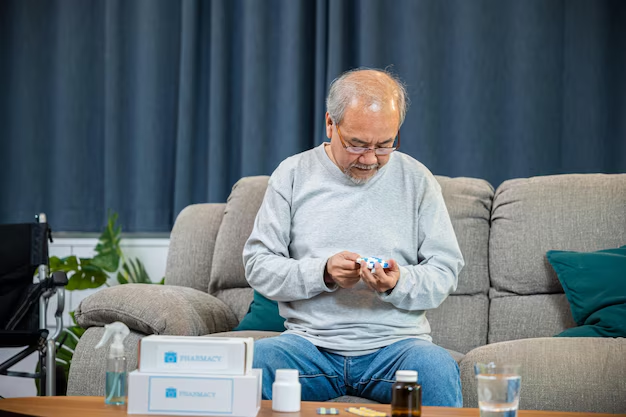Discover Which Insulin Options Are Covered by Medicare Part D
When managing diabetes, finding the right insulin at an affordable price is crucial. Medicare Part D, a federal program assisting with prescription drug costs, covers a range of insulin products, but it's essential to know precisely what your plan includes to avoid unexpected expenses. Let's delve into the specifics of how Medicare Part D supports insulin users and explore additional financial assistance avenues.
Understanding Medicare Part D Coverage
Medicare Part D, available to those enrolled in Medicare, offers coverage through private insurance plans approved by the federal government. Each plan may have different formularies—the list of drugs covered—and it’s this variability that defines which insulin products are covered. In general, most Medicare Part D plans cover:
Rapid-acting insulin: Includes brands like Humalog, Novolog, and Apidra. These are designed for quick absorption to manage blood sugar spikes during meals.
Short-acting insulin: Often known as regular insulin, commonly covered are products like Humulin R and Novolin R.
Intermediate-acting insulin: NPH insulins such as Humulin N and Novolin N typically fall within this coverage.
Long-acting insulin: Insulins such as Lantus, Basaglar, and Levemir are meant for more extended control of blood sugar levels.
Insulin pens and inhalers: Devices that some find easier to use compared to traditional syringes.
To determine the exact insulin products covered by your specific plan, it is crucial to review the formulary provided during the plan selection process, or you can contact your plan provider for a detailed explanation.
Navigating the Cost
While Part D provides significant assistance, the cost can vary based on the tiered pricing structure. Higher-tier insulins might result in higher out-of-pocket expenses, and different plans will offer different copays and deductibles. It makes shopping around essential.
Leveraging Additional Support
Finding ways to relieve the financial burden of insulin is vital for many. Here are some additional avenues to consider:
Government Aid Programs
Extra Help: Also known as the Low-Income Subsidy, this program reduces costs for those eligible, substantially lowering premiums, deductibles, and copayments.
Medicare Savings Programs: Aim to help pay for Medicare premiums, coinsurance, and, for some, Part D expenses.
Financial Assistance Options
- Patient Assistance Programs (PAPs): Many insulin manufacturers offer programs to supply their products at little or no cost to qualifying patients.
Educational Grants and Resources
- Diabetes Education Programs: Often supported by federal, state, or nonprofit organizations, providing guidance on the most cost-effective ways to manage diabetes and medication costs.
Exploring Broader Solutions
Managing diabetes extends beyond medication to lifestyle adjustments, and these broader financial relief options might prove beneficial:
Debt Relief Services: If medical costs have strained your finances, exploring options to consolidate or alleviate debt can free up resources.
Credit Counseling: Learn ways to better manage and prioritize your spending, helping you maintain a health-optimized budget.
In the quest to strike a balance between effective diabetes management and financial sustainability, understanding the full scope of available resources can make all the difference.
Financial Aid at a Glance 📌
- 🏥 Extra Help: Reduces costs for Medicare beneficiaries.
- 💊 Patient Assistance Programs: Direct aid from insulin manufacturers.
- 📚 Diabetes Education: Free or low-cost classes providing management strategies.
- 💵 Medicare Savings Programs: Assists with Part D related expenses.
- 📈 Credit Counseling: Financial advice and budget planning help.
- 💳 Debt Relief Options: Consolidate or alleviate medical-related debt.
Exploring these programs can uncover paths to lowering the financial impact of managing diabetes and ensure you remain focused on maintaining your health without the added stress of financial strain.

Related Topics
- a Medical Provider That Accepts Medicare Assignment Must
- a Medical Provider That Accepts Medicare Assignment Must Quizlet
- a Medicare Patient Received Treatment That Isn't Covered By Medicare
- a Medicare Patient Receives Treatment That Isn't Covered By Medicare
- a Medicare Supplement Basic Benefit Is Quizlet
- a Medicare Supplement Companies
- a Medicare Supplement Policy Is Quizlet
- a Medicare Supplement Policy Must Not Contain Benefits Which
- a Patient Received Treatment In August Medicare
- Am I Eligible For Medicare